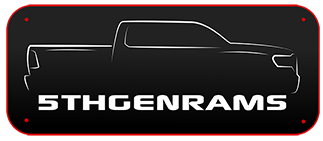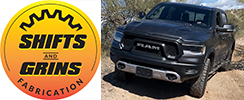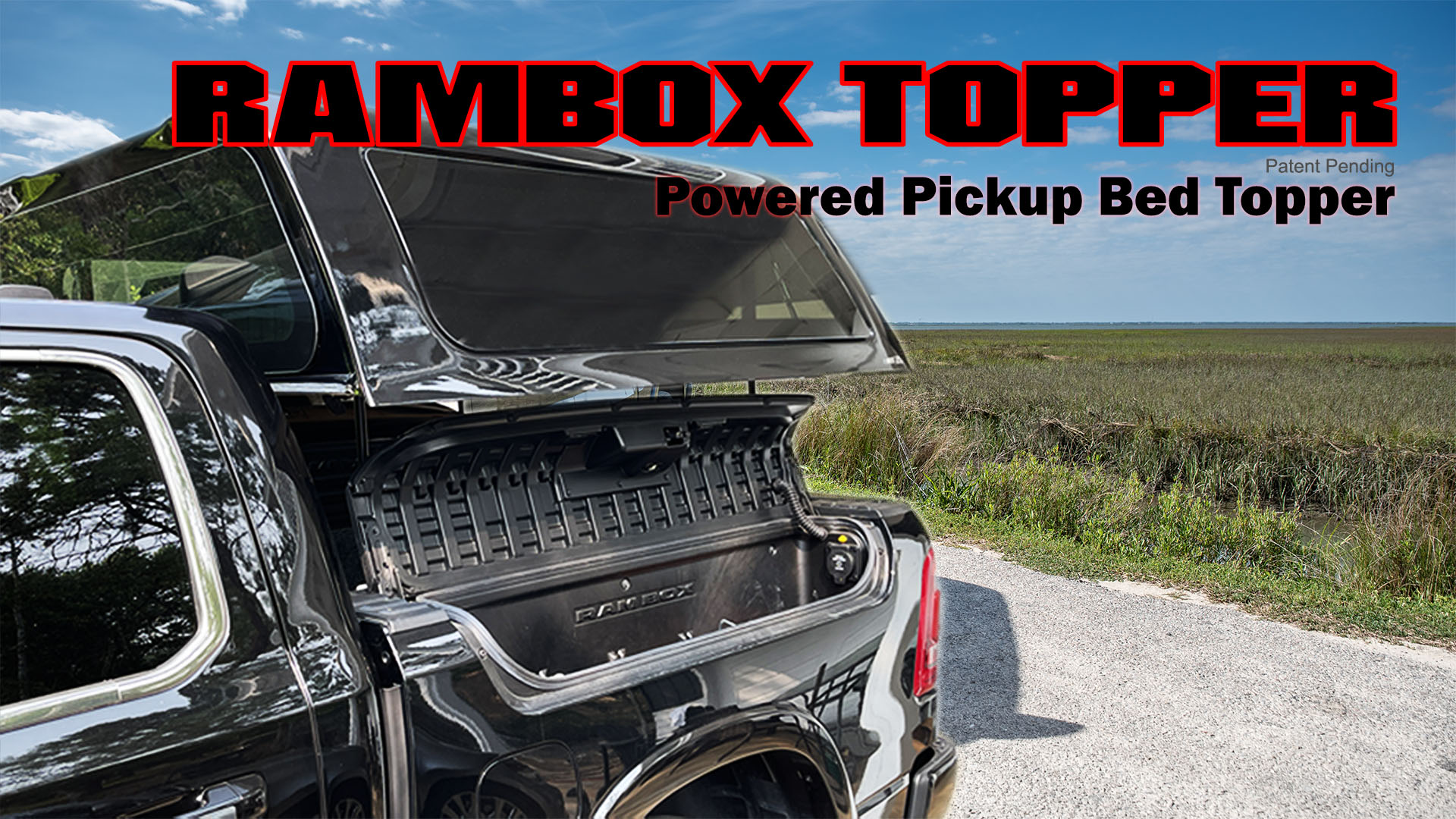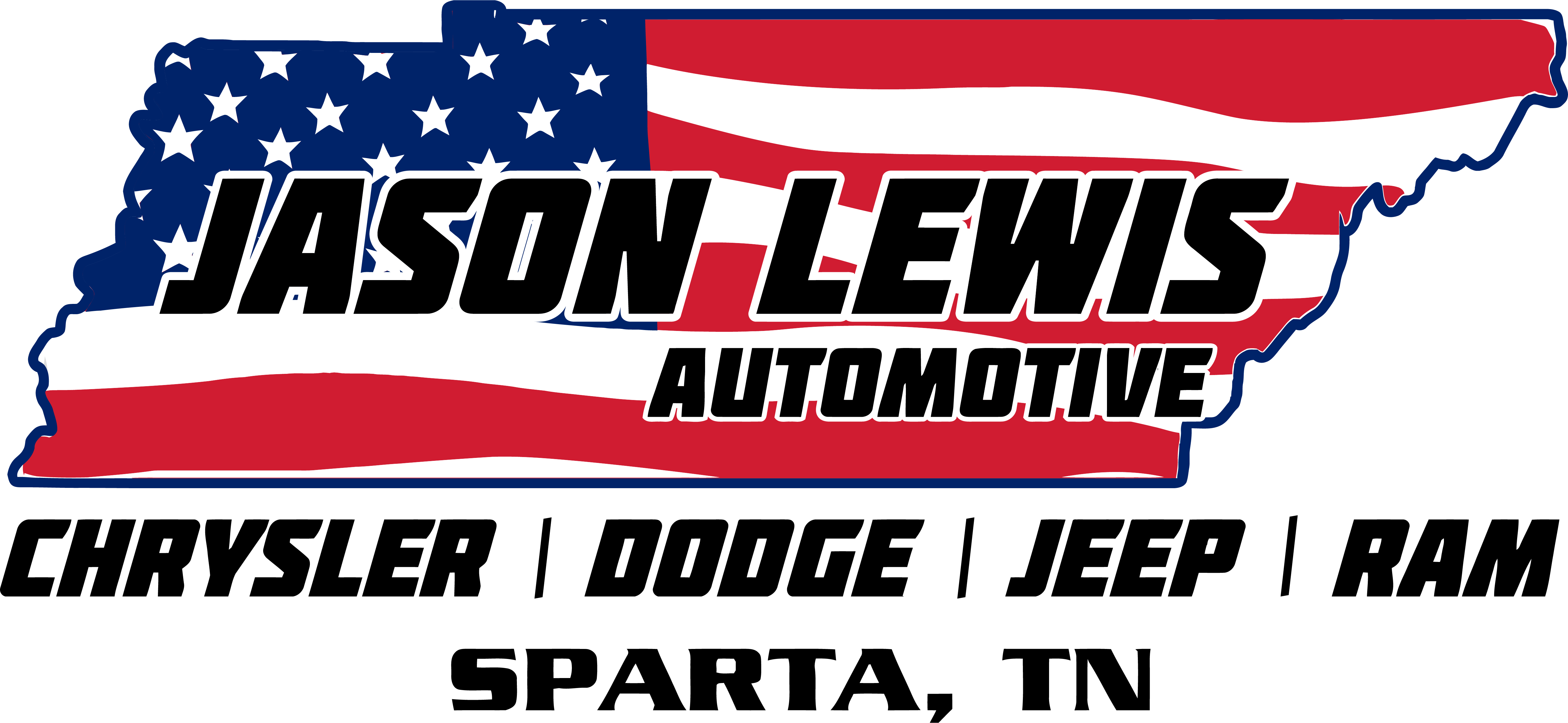Hi, I have a 2025 Big Horn with the Hurricane. When I picked it up and was driving to work I noticed the oil pressure was around 23-24 lbs. at 65 mph. I freaked because I was used to the 50 lb on my Hemis. I thought great I have a bad motor. Dealer didn't know the correct oil pressure when I called, but later a mechanic looked it up and said that 24# was normal. This seems pretty weird to me but I guess for whatever reason it runs very low on this motor! Here is the weird part. My oil pressure at idle is 23# ish and it's the same 23-24# at 75 mph. Makes absolutely no sense to me! Anyone else notice this?
5thGenRams Forums
You are using an out of date browser. It may not display this or other websites correctly.
You should upgrade or use an alternative browser.
You should upgrade or use an alternative browser.
Hurricane oil pressure
- Thread starter Moconto
- Start date
From my understanding, there is a variable rate oil pump used in the Hurricanes. Unless the engine is under a load, there really is no need for high oil pressure. 10 psi for every 1000 RPM is the general consensus for safe oil pressure in all engines.Hi, I have a 2025 Big Horn with the Hurricane. When I picked it up and was driving to work I noticed the oil pressure was around 23-24 lbs. at 65 mph. I freaked because I was used to the 50 lb on my Hemis. I thought great I have a bad motor. Dealer didn't know the correct oil pressure when I called, but later a mechanic looked it up and said that 24# was normal. This seems pretty weird to me but I guess for whatever reason it runs very low on this motor! Here is the weird part. My oil pressure at idle is 23# ish and it's the same 23-24# at 75 mph. Makes absolutely no sense to me! Anyone else notice this?
go-ram
Ram Guru
- Joined
- Jun 30, 2018
- Messages
- 836
- Reaction score
- 759
- Points
- 93
- Age
- 65
I've seen oil pressure as low as 19 PSI in my 2020 EcoDiesel, for example idling at a traffic light at the end of an offramp after an extended highway run. I've seen it as high as 50 PSI during cold starts. As HSKR said, these modern oil pumps are variable output, depending on need at any given time, and oil viscosity. My favorite oil by far is Amsoil. Their vehicle-specific "oil change kits" are handy, too.
.
Here are a couple of links to info on variable-output oil pumps:
.
https://www.asme.org/topics-resources/content/better-fuel-efficiency-through-a-better-oil-pump
.
https://www.underhoodservice.com/variable-displacement-future-oil-pump/
.
Notice that one of the articles mentions controlling pressure as low as 1 bar, which is roughly 15 PSI.
.
Here are a couple of links to info on variable-output oil pumps:
.
https://www.asme.org/topics-resources/content/better-fuel-efficiency-through-a-better-oil-pump
.
https://www.underhoodservice.com/variable-displacement-future-oil-pump/
.
Notice that one of the articles mentions controlling pressure as low as 1 bar, which is roughly 15 PSI.
Last edited:
Never thought of that. Makes sense, if that's the case I guess it works pretty good! Thanks for the thoughts....From my understanding, there is a variable rate oil pump used in the Hurricanes. Unless the engine is under a load, there really is no need for high oil pressure. 10 psi for every 1000 RPM is the general consensus for safe oil pressure in all engines.
2025Rebelguy
Active Member
TFL did a towing test and when extremely hot the oil dropped below 20 at idle and set off a warning light. Dodge has apparently done a software change, my new truck is 24-25 at idle, and it drops to 21 above about 1000 RPM. It goes higher for variable cam activation is my understanding?
go-ram
Ram Guru
- Joined
- Jun 30, 2018
- Messages
- 836
- Reaction score
- 759
- Points
- 93
- Age
- 65
.TFL did a towing test and when extremely hot the oil dropped below 20 at idle and set off a warning light. Dodge has apparently done a software change, my new truck is 24-25 at idle, and it drops to 21 above about 1000 RPM. It goes higher for variable cam activation is my understanding?
The Stellantis engine guy on TFL stated that the 18-19 PSI the TFL Ram dropped to for a few seconds was plenty more than enough pressure to protect the bearings and other moving parts. He also said the highest oil pressure requirement of the engine is to actuate the VVT (variable valve timing) mechanicals, and that cam-actuation requirement is the actual low-pressure threshold that triggers the warning light, not fear of bearing damage. I don't recall him specifically stating that they boost the oil pressure or flow when it's time to actuate the VVT cam.
.
Here is the TFL video cued to the start of the Ram engineer, who then chats with Andre for 40 minutes.
Here is the same video, except cued to where the TALK OF OIL & OIL PRESSURE BEGINS
Last edited:
2025Rebelguy
Active Member
maybe I confused the 3.6 engine, where pressure goes up for the cam timing...
go-ram
Ram Guru
- Joined
- Jun 30, 2018
- Messages
- 836
- Reaction score
- 759
- Points
- 93
- Age
- 65
.maybe I confused the 3.6 engine, where pressure goes up for the cam timing...
I suspect it'd be the same for all of their VVT engines. You may well be right - I just meant that I didn't recall the Ram engine engineer guy saying that they up the oil pressure specifically to actuate the VVT cam movement. He said that 18 PSI is way more than enough to protect the bearings and other rubbing parts, and he also said that the highest pressure requirement for the oiling system is to actuate the VVT cam movements. Maybe they do just that, but I'm not sure he specifically said those words in that interview.
.
WXman
Ram Guru
On the 3.6 P-star engines the oil pressure runs around 30 if you're below 3,000 RPM and 55-60 above 3,000 RPM.
go-ram
Ram Guru
- Joined
- Jun 30, 2018
- Messages
- 836
- Reaction score
- 759
- Points
- 93
- Age
- 65
.Is anyone thinking of running 5W-30 or 0W-40 in their SO Hurricanes?
I don't have a Hurricane, but I myself would never run a 0-weight oil in any ICE that I owned. And whatever weight oil I ended up using for a given ICE vehicle, I'd only ever buy it from Amsoil. Email tech support at Amsoil and get their opinion, can't hurt and likely will help.
.
You realize the 0 number at the front isn't oil viscosity weight, it's the flow characteristics at low temps. Meaning the oil will flow through the engine easier, getting to more laces sooner in extreme cold weather..
I don't have a Hurricane, but I myself would never run a 0-weight oil in any ICE that I owned. And whatever weight oil I ended up using for a given ICE vehicle, I'd only ever buy it from Amsoil. Email tech support at Amsoil and get their opinion, can't hurt and likely will help.
.
Foogie
Active Member
- Joined
- Oct 16, 2024
- Messages
- 69
- Reaction score
- 52
- Points
- 18
- Age
- 45
That's right. How it acts when cold vs how it acts when at full operating temp.You realize the 0 number at the front isn't oil viscosity weight, it's the flow characteristics at low temps. Meaning the oil will flow through the engine easier, getting to more laces sooner in extreme cold weather.
2025Rebelguy
Active Member
I'm sticking with the 0/20 until summer, then probably go to 5/30. Towing my boat across the AZ desert in 115+ temps with lows in the 80's.
I've been running 5W-30 in my previous 5.7L and current 3.0L SO.Is anyone thinking of running 5W-30 or 0W-40 in their SO Hurricanes?
The 2.0L in my JL Rubicon calls for 5W-30.
I think 0W-20 is about gas mileage not engine protection also 0W-30 would be a great option too.
go-ram
Ram Guru
- Joined
- Jun 30, 2018
- Messages
- 836
- Reaction score
- 759
- Points
- 93
- Age
- 65
.You realize the 0 number at the front isn't oil viscosity weight, it's the flow characteristics at low temps. Meaning the oil will flow through the engine easier, getting to more laces sooner in extreme cold weather.
Yes, in theory that's right.
.
I'm neither a chemist nor an engine designer. However, I have a vague recollection that when Ram first introduced the EcoDiesel they specified a 0W oil, but when the bottom ends of those initial EcoDiesels started dropping out, Ram changed the oil spec to a 5W.
.
At any rate, I never told anyone else what they should do, I just stated what I would do. FWIW, here's an Amsoil blog page on the topic: What Happens if I Use A Thicker Oil in My Engine? - AMSOIL Blog
.
Thunner oil would be a 20 vs 30 weight. Not 0w. Vs 5w. The fact Amsoil is saying a 0w-30 is "thinner" than a 5w-30 just reaffirms my dislike of Amsoil. And shows they are more concerned with marketing than truth..
Yes, in theory that's right.
.
I'm neither a chemist nor an engine designer. However, I have a vague recollection that when Ram first introduced the EcoDiesel they specified a 0W oil, but when the bottom ends of those initial EcoDiesels started dropping out, Ram changed the oil spec to a 5W.
.
At any rate, I never told anyone else what they should do, I just stated what I would do. FWIW, here's an Amsoil blog page on the topic: What Happens if I Use A Thicker Oil in My Engine? - AMSOIL Blog
.
Users who are viewing this thread
Total: 4 (members: 0, guests: 4)
Members online
Total: 7,246 (members: 9, guests: 7,237)











